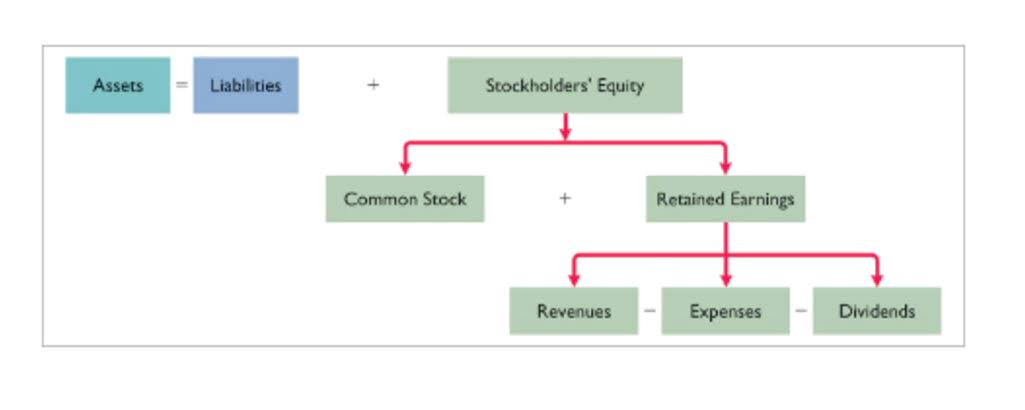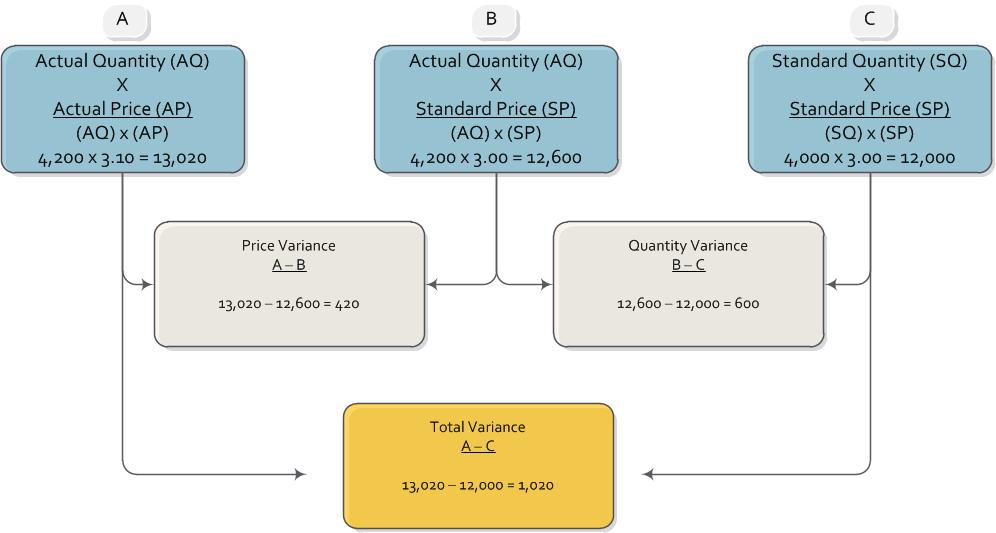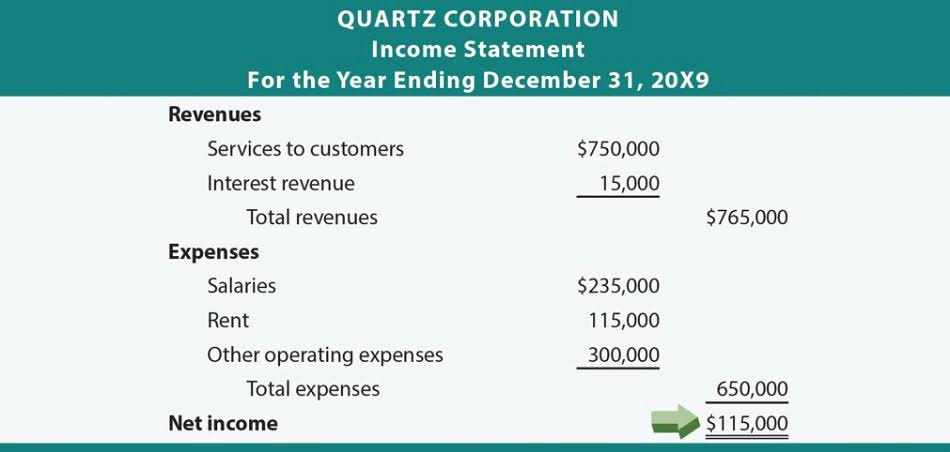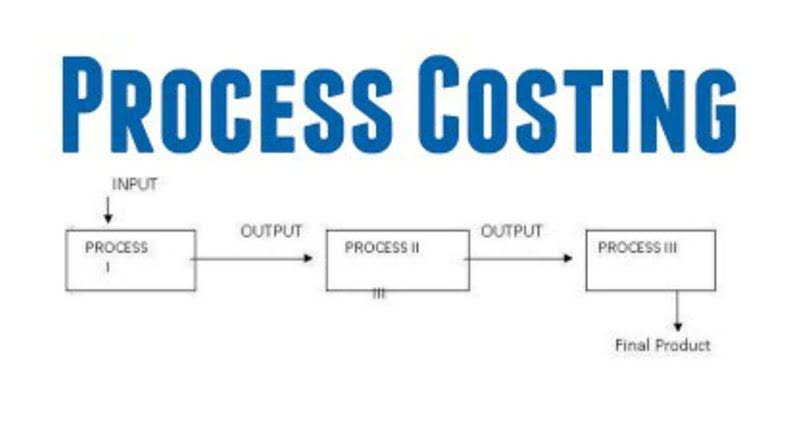Statement Of Retained Earnings Examples Definition, Examples

In our example, December 2023 is the current year for which retained earnings need to be calculated, so December 2022 would be the previous year. Meaning the retained earnings balance as of December 31, 2022 would be the beginning period retained earnings for the year 2023. At some point in your business accounting processes, you may need to prepare a statement of retained earnings, which helps people understand what a business has done with its profits. Most good accounting software can help you create a statement of retained earnings for your business. Sum up the figures added to the statement of retained earnings to calculate the closing balance.

Losses to the Company
- Retained earnings can be used to pay off existing outstanding debts or loans that your business owes.
- Most good accounting software can help you create a statement of retained earnings for your business.
- Without it, you’ll make costly mistakes and invite an IRS audit, fines, or penalties.
- Most software offers ready-made report templates, including a statement of retained earnings, which you can customize to fit your company’s needs.
- If you’re trying to streamline your business, manually logging entries into ledgers or using an Excel spreadsheet is only going to slow you down.
On the other hand, when a company generates surplus income, a portion of the long-term shareholders may expect some regular income in the form of dividends as a reward for putting their money into the company. Traders who look for short-term gains may also prefer dividend payments that offer instant gains. For this reason, retained earnings decrease when a company either loses money or pays dividends and increase when new profits are created.
Where Is Retained Earnings on a Balance Sheet?
These funds may also be referred to as retained profit, accumulated earnings, or accumulated retained earnings. Often, these retained funds are used to make a payment on any debt obligations or are reinvested into the company to promote growth and development. The statement of retained earnings is also known as a statement of owner’s equity, an equity statement, or a statement of shareholders’ equity. It is prepared in accordance with generally accepted accounting principles (GAAP). A company’s retained earnings statement begins with the company’s beginning equity.

What Is the Difference Between Retained Earnings and Net Income?

The resultant number may be either positive or negative, depending upon the net income or loss generated by the company over time. Alternatively, the company paying large dividends that exceed the other figures can also lead to the retained earnings going negative. https://www.bookstime.com/ As a result, the retention ratio helps investors determine a company’s reinvestment rate. However, companies that hoard too much profit might not be using their cash effectively and might be better off investing in new equipment, technology, or expanding product lines.
Beginning retained earnings and negative retained earnings
A retained earnings statement is one concrete way to determine if they’re getting their return on investment. By comparing retained example of retained earnings statement earnings balances over time, investors can better predict future dividend payments and improvements to share price. Retained earnings are a type of equity and are therefore reported in the shareholders’ equity section of the balance sheet. Although retained earnings are not themselves an asset, they can be used to purchase assets such as inventory, equipment, or other investments.

Integrated Accounting Software: What It Is & How To Best Use It
One is the net income or loss that the company experiences in a given period. For example, if a company declares a stock dividend of 10%, meaning the company would have to issue 0.10 shares for each share held by the existing stockholders. If you as a shareholder of the company owned 200 shares, you would then own an 20 additional shares, or a total of 220 (200 + (0.10 x 200)) shares once the company declares the stock dividend.
- By subtracting the cash and stock dividends from the net income, the formula calculates the profits a company has retained at the end of the period.
- In terms of financial statements, you can find your retained earnings account (sometimes called Member Capital) on your balance sheet in the equity section, alongside shareholders’ equity.
- However, if both the net profit and retained earnings are substantial, it may be time to consider investing in expanding the business with new equipment, facilities, or other growth opportunities.
- A statement of retained earnings should have a three-line header to identify it.
- Profits give a lot of room to the business owner(s) or the company management to use the surplus money earned.
- This outflow of cash would also lead to a reduction in the retained earnings of the company as dividends are paid out of retained earnings.
Retained earnings reflect the company’s net income (or loss) after the subtraction of dividends paid to investors. Most financial statements have an entire section for calculating retained earnings. But small business owners often place a retained earnings calculation on their income statement.

Cash Dividend Example
This is the amount of retained earnings to date, which is accumulated earnings of the company since its inception. This balance can be both in the positive or the negative, depending on the net profit or losses made by the company over the years and the amount of dividends paid. The beginning period retained earnings is the previous year’s retained earnings, as appears on the previous year’s balance sheet. A company reports retained earnings on a balance sheet under the shareholders https://www.facebook.com/BooksTimeInc/ equity section. It’s important to calculate retained earnings at the end of every accounting period.
















